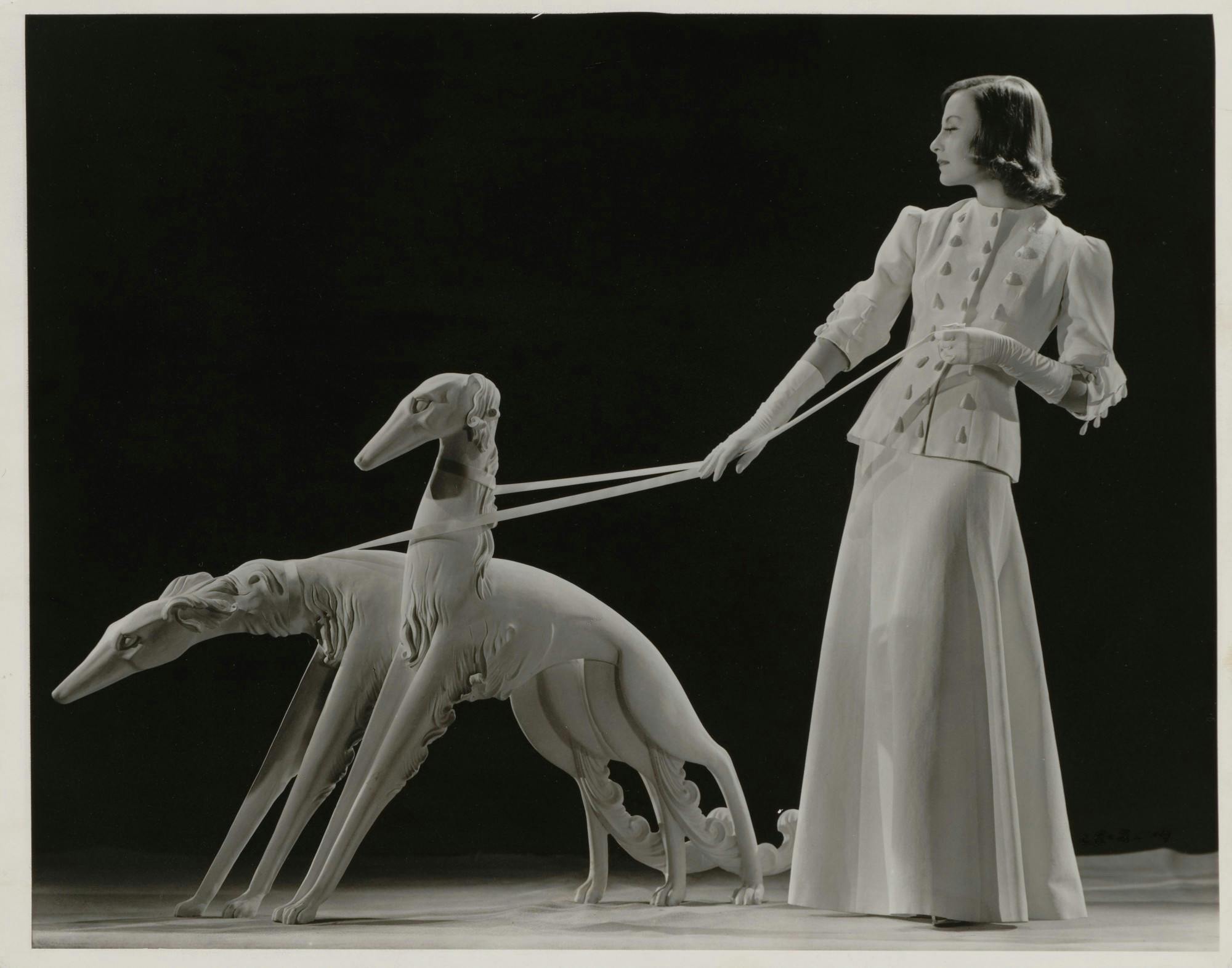The Hood Museum of Art has completed a project to acquire over 6,000 Hollywood photographs from the John Kobal Foundation, an organization based in the United Kingdom dedicated to collecting and furthering photography in remembrance of its namesake. The photographs acquired by the Hood feature major stars and scenes from 20th century North American film such as Buster Keaton, Lillian Gish, and Marlon Brando. They offer a glimpse into parts of Hollywood often overlooked — including the photographers themselves.
The John Kobal Foundation continues the work of its founder John Kobal, a photographic journalist and historian who acquired thousands of Hollywood photographs in his lifetime. Hood Museum director John Stomberg explained that Kobal began his collection at the perfect time, in the mid-20th century — studios placed less and less value on their photographs, so they sold them to Kobal for very cheap. These prints were often used for publicity purposes at the time of their creation, either for movie promotions or to build an actor’s fanbase. Kobal saw value in these pictures where the studios could not.
According to Stomberg, the John Kobal Foundation recently decided to change its focus, shifting from a photography collection organization to a “grant-giving agency.” With this reorientation, the foundation sought to bring their current collection to a teaching institution where the pictures could serve as an active resource and learning tool. Robert Dance ’77, a former board member of the Hood Museum and a current board member of the John Kobal Foundation, helped bring the collection to Dartmouth.
“Because this material really is historic, [it] is now being interpreted in an academic way,” Dance explained. “Dartmouth is the most ideal repository for this material because of the great Film Studies department, a long history of connections to the film industry, and the Black [Family] Visual Arts Center now has a big commitment [to film]. It’s ideal that this material is available as research not only to scholars but also to Dartmouth students.”
Talks between the Hood Museum and the John Kobal Foundation began in 2016, according to Stomberg. During this time, Stomberg and Hood Museum curators took multiple trips to London to look at the photographs in person. After agreeing to the terms of acquisition and coming up with a payment plan, the Hood Museum began the more tangible and lengthy part of the acquisition process, moving the 6,000 physical photographs from the United Kingdom to Dartmouth’s campus in Hanover. The process of integrating the photographs into the Hood’s collection is ongoing; Stomberg said that the Hood Museum is continuing to work on transferring all the photographs to a high-resolution online database for easier student access.
“This body of work really lends itself well to our goal of creating savvy visual consumers,” Stomberg explained. “We need to be very critical of the images that we see in the same way that we do when we’re reading. Who wrote it? Why did they write it? When was it published? All of those same questions.”
The collection comprises lifetime prints, posthumous prints and vintage prints, which according to Stomberg make up most of the pictures. A print is deemed “vintage” when the negative of the photograph and the print were made around the same time, making them more valuable because the print is exactly what the photographer had in mind when the picture was taken. Lifetime prints are made decades after the negative was taken — typically very late in a photographer’s career — and posthumous prints are made even later, after the photographer has passed.
In addition to print type, the photographs can also be sorted into four main categories: glamour shots, photographs of movie scenes, behind-the-scenes images and pictures of the photographers themselves. Put together, the images tell a riveting story about how Hollywood was sold to the public and lodged itself firmly in 20th century culture.
For associate professor of Film and Media Studies Mary Desjardins this collection will play a critical role in her upcoming class on fashion costume in film, which she is set to teach in the spring of 2022.
“Not only do the star portraits provide a documentation of a lot of fashion that inspired costume design in films in the first half of the 20th century, but in many cases the costumes became influential on their own,” Desjardins explained. “This collection allows us to closely study the aesthetic that was used, including what for female stars in the 1930s and ’40s was considered to be a glamour aesthetic.”
Beyond her class and other classes in the Film and Media Studies department, Desjardins pointed out the various ways in which this archive of photographs benefits the entire Dartmouth academic community. Art history and history classes can use the photos as a window into 20th century culture and style. Studio art classes can study the techniques of these photographers. Different ethnic studies departments can take advantage of the way in which the images portray the racial politics of Hollywood at the time. Even the engineering department stands to benefit, by examining the intricacies of the ways the cameras were used.
Outside of the classroom, Hood Museum curator of academic programming Amelia Kahltells students that the collection is open for their own personal use and studies as well. Students can make an appointment with the Bernstein Center for Object Study to see different prints for themselves.
The first exhibition of the vintage Hollywood photographs in the Hood Museum of Art will be open during winter and spring 2022.
Jessica Sun Li '24 is a sociology major and English minor from the suburbs of Chicago. She was the 180th Directorate's arts editor, and her passion project is the "Dear Mirror" column. Outside of The Dartmouth, she is involved in the figure skating team and sociology research. She really wants to adopt a cat.




